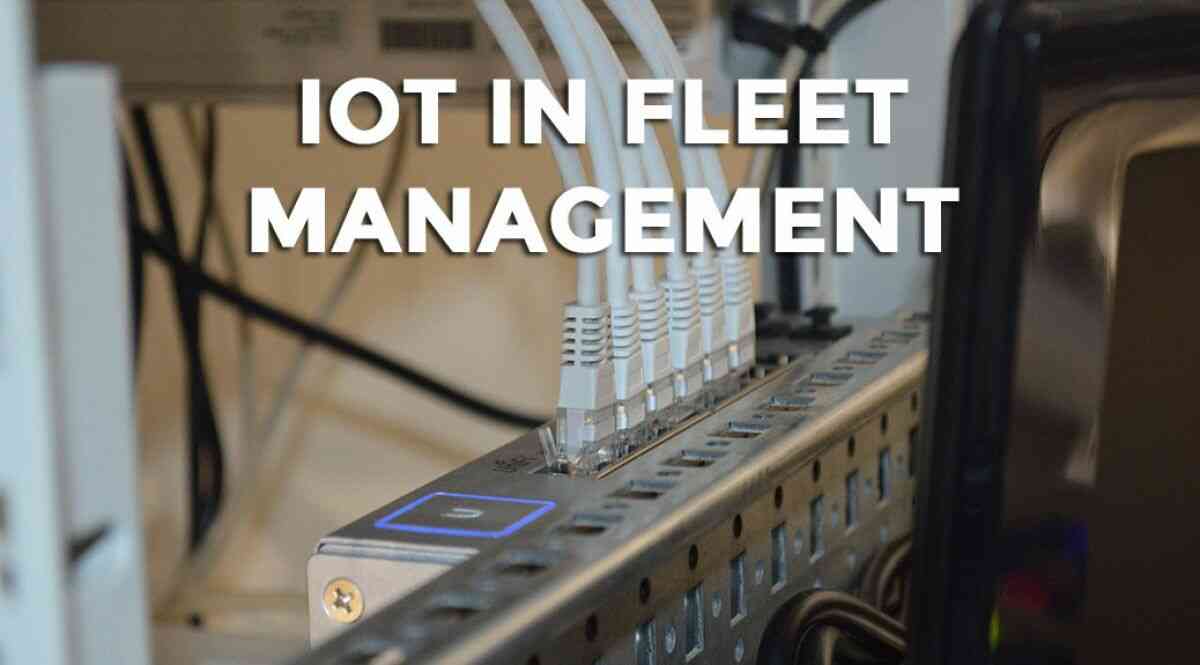Five Crucial Considerations When Choosing An Iot Connectivity Solution
- - Category: Communication
- - 11 Jan, 2022
- - Views: 527
- Save

IoT ecosystem consists of various systems which must be interconnected to collect, transfer, and analyze data. The Inter
The connected sensors and devices help leverage timely and controlled access to data insights. It aids in the task of creating new and advanced processes, products, and business models that give a competitive advantage and help deliver excellent customer service.
IoT's endpoints or "things" communicate without human intervention by using Internet connectivity. IoT connectivity protocols enable the objects to make themselves recognizable and acquire intelligence. IoT stakeholders seeking connectivity solutions can choose from connectivity options with varying bandwidth, range, cost, reliability, and network-management features. The wide array of varieties available, when combined with ever-evolving technological advancements, tends to offer the stakeholders options at their threshold.
The IoT-based environmental monitoring system uses sensors or devices to collect data, then transfers it to the cloud. Data processing then takes place to convert it into usable information, which is then sent over to the user information to help the stakeholders get valuable insights. Environmental monitoring is one of the most useful IoT applications. It helps to remotely monitor air, water, or soil quality to form effective policies to improve it.
When considering IoT connectivity solutions, here are a few things to consider.
Range, power, and bandwidth requirements
You need to primarily define your connected devices' bandwidth, range, and power requirements. These three factors come at each other's expense. You need to identify the use-cases and find the right balance among the three.
Network Deployment
Plug-and-play IoT connectivity, which is highly integrable, helps streamline costs and minimize the complexity of IoT deployment. The IoT connectivity solution must break down the traditional data silos and facilitate operational visibility. The wireless IoT connectivity helps optimize data transfer by overcoming the barriers to data democratization. Ensure that you can quickly deploy the network and eliminate any complications.
Address multiple operational challenges
Each of your IoT applications will not require a heterogeneous wireless solution. You will need a more unified network that will satisfy the requirements of various use-cases. The wireless network should have adequate scalability to accommodate the growing applications. The IoT connectivity must support both fast-moving and static devices.
Future-proof
Besides looking into current requirements, it is also necessary to look into future needs. The chosen connectivity should be purpose-built to ensure long-term interoperability. It must be ready when it’s time to scale up the performance.
Data security
End-to-end encryption across your data network is paramount. The bad actors are constantly looking for a vulnerable endpoint that will give them access to the system. The IoT connectivity solution must align optimally with your security, and a data privacy strategy will enable you to harness its maximum potential.
To Conclude:
These are some of the crucial considerations which you must not overlook. It will help in the successful deployment of the IoT system. Creating a detailed and proactive strategy will ensure long term success.
